Giving you the best of each is up to us.
Whether you use a cassette or open reel deck is up to you.
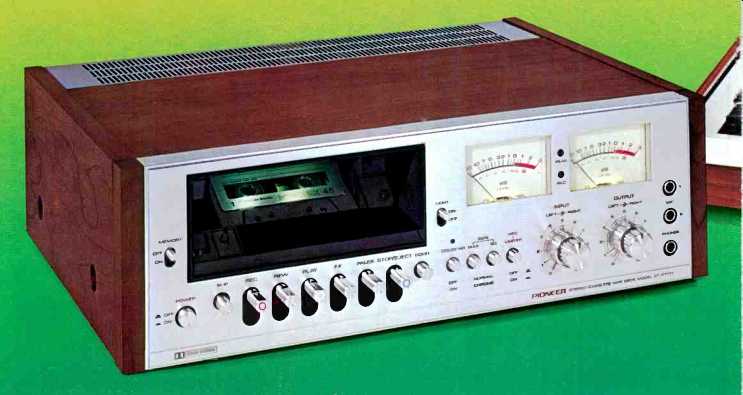
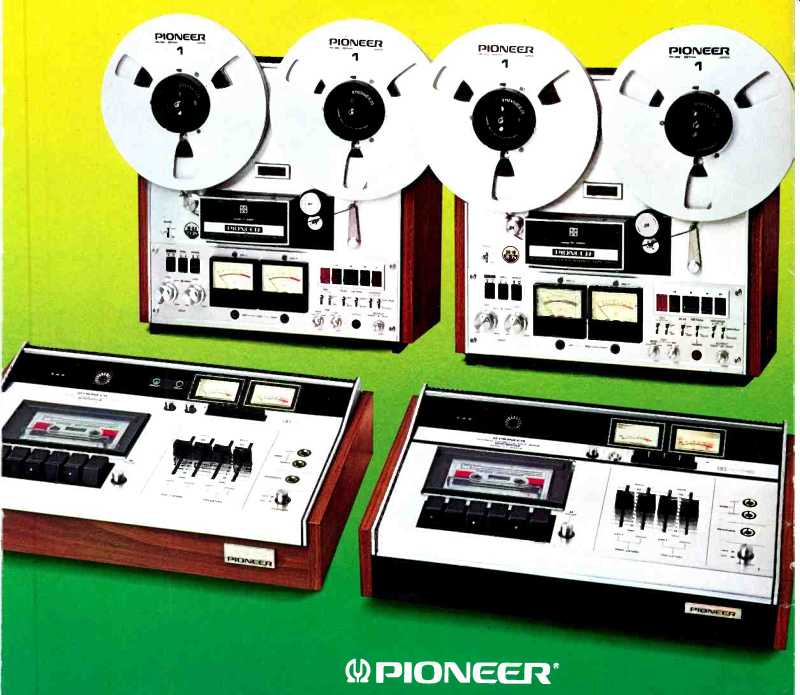
High fidelity is important to us at Pioneer.
It's all we do and it's all we care about.
We are excited that cassette tape decks have reached a level of performance that meet the highest standards. We are excited because we know that it means more enjoyment for you from your high fidelity system. We also know that you can now get more versatility and more value out of your high fidelity system than ever before.
The great advances in cassette technology have had impact on the reel-to-reel tape deck concept as well. We believe that the era of the small, inexpensive 7-inch reel tape deck is past.
Neither its convenience nor its performance make it a good value compared to the new cassette technology. And it is now possible for Pioneer to offer you a professional studio-quality 10 1/2-inch reel deck at prices that compare favorably with what you might expect from old fashioned 7-inch reel units. In our judgment the old ideas must move aside for the new ideas. And Pioneer has some very intelligent new ideas in tape for you.
The convenience of cassette. The performance of open-reel.
The stereo cassette deck has become a "must" in complete high fidelity systems.
Because of its convenience, price and performance, it has virtually replaced the once popular 7-inch open-reel deck.
As Julian D. Hirsch, prominent audio reviewer put it, "The best cassette machines compare favorably with a good open-reel recorder in listening quality."
Pioneer proves it with four top-performing models.
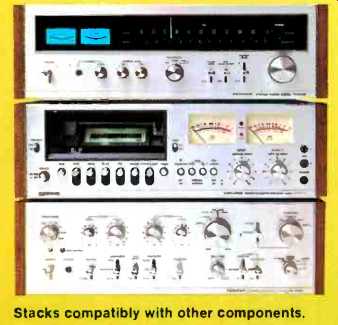
---Stacks compatibly with other components.
Our new CT-7171, with built-in Dolby, is a deck with a difference. It's designed with all controls up front so you can stack other components on or under it. Even the illuminated cassette compartment is front loading, for easy access and visibility.
Performance features stack up, too.
Bias and equalization switches provide optimum recording and playback for every type of cassette tape made. You'll produce distortion-free recordings consistently with two oversized, illuminated VU meters plus an instant acting peak level indicator light. And for those unpredictable program source peaks, there's a selectable Level Limiter circuit. It's similar to the type used in professional recording studios to prevent "clipping" distortion.
Finding a desired program point in a recorded cassette is simple with our new CT-7171. A memory rewind switch, working together with the 3-digit tape counter, plus an exclusive Skip button, lets you monitor audibly at accelerated speed to make precision cueing a breeze.
Automatic tape-end stop, dual concentric level controls, separate mic/line inputs, pause control, In addition to many other features, make the CT-7171 the recording studio that fits on a shelf.
Whether you choose the sophistication of the CT-7171 or Pioneer's CT-5151, CT-4141A or CT-3131A, which share many of its features, you're assured optimum performance and maximum value. One tradition that never changes at Pioneer.
Open-reel. A professional recording studio in your home.
Professionalism comes with all three studio-quality open-reel models.
The RT-1020L (7 1/2, 3 3/4 ips) is unequalled in 4-track units. With three motors and three heads, it has virtually every professional feature you'd want. Yet it's extremely simple to use. In addition to stereo record/playback, it also highlights 4-channel playback. The complete extent of its capabilities becomes apparent only after you've worked with it. Then you'll recognize the magnitude of Pioneer's accomplishment.
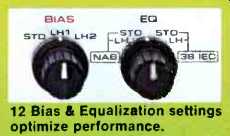
---12 Bias & Equalization settings optimize performance.
Our RT-1050 is a 2-track, 2-speed (15, 7 1/2 ips) 3-head deck which, like all our open-reel models, can handle professional 10 1/2-inch tape reels. Its unique combination of bias and equalization switching controls give 12 different settings to optimize the performance of any tape on the market.
The RT-1050's 3-motor transport system is activated electronically by full logic, solid state circuitry, triggered by feather touch pushbutton controls. Its transport is completely jam- and spill-proof, permitting you to switch from Fast Forward to Fast Rewind, bypassing the Stop button.
The RT-1050 was specifically designed for easy operation with a wide combination of professional features like extended linearity VU meters with adjustable sensitivity, mic/line mixing, pushbutton speed selection and reel tension adjustment buttons. There's also an exclusively designed pause control and independent control of left and right recording tracks.
The same 2-track recording system studios use for better signal-to-noise ratios and higher dynamic range is incorporated into the RT-1050. Yet it can be easily converted to 4-track use with an optional plug-in head assembly. Everything considered it's the most versatile open reel deck you can buy. Professionals prefer it for its studio-quality performance.
Everyone appreciates its completely simple operation.
Pioneer open-reel and cassette decks are built with the same outstanding quality, precision and performance of all Pioneer stereo components. That's why, whichever you choose, you know it's completely professional and indisputably the finest value ever in a studio-quality tape deck.
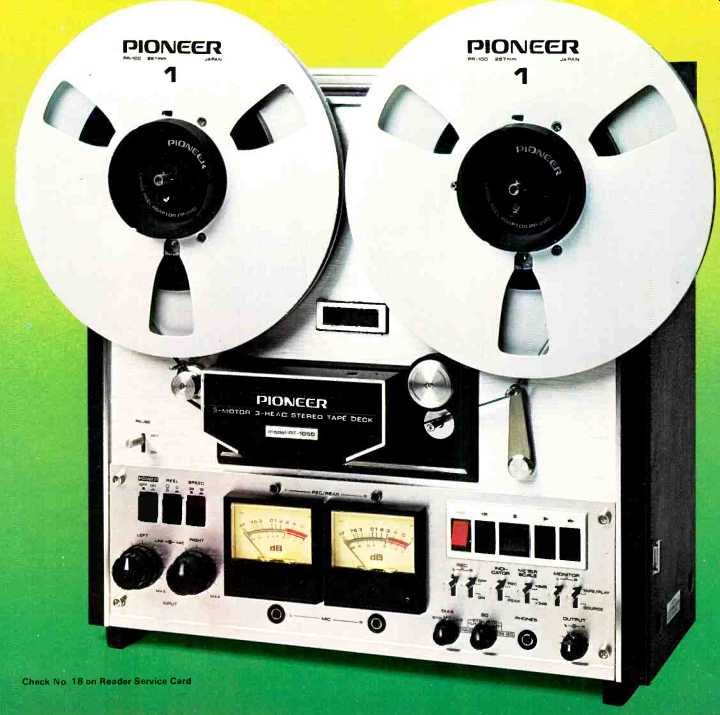
(Source: Audio magazine, May 1975)
Also see: Pioneer tape decks (Aug. 1975)
Pioneer turtables (June 1975); Pioneer RT-707 open-reel tape recorder (Jan. 1978)
= = = =